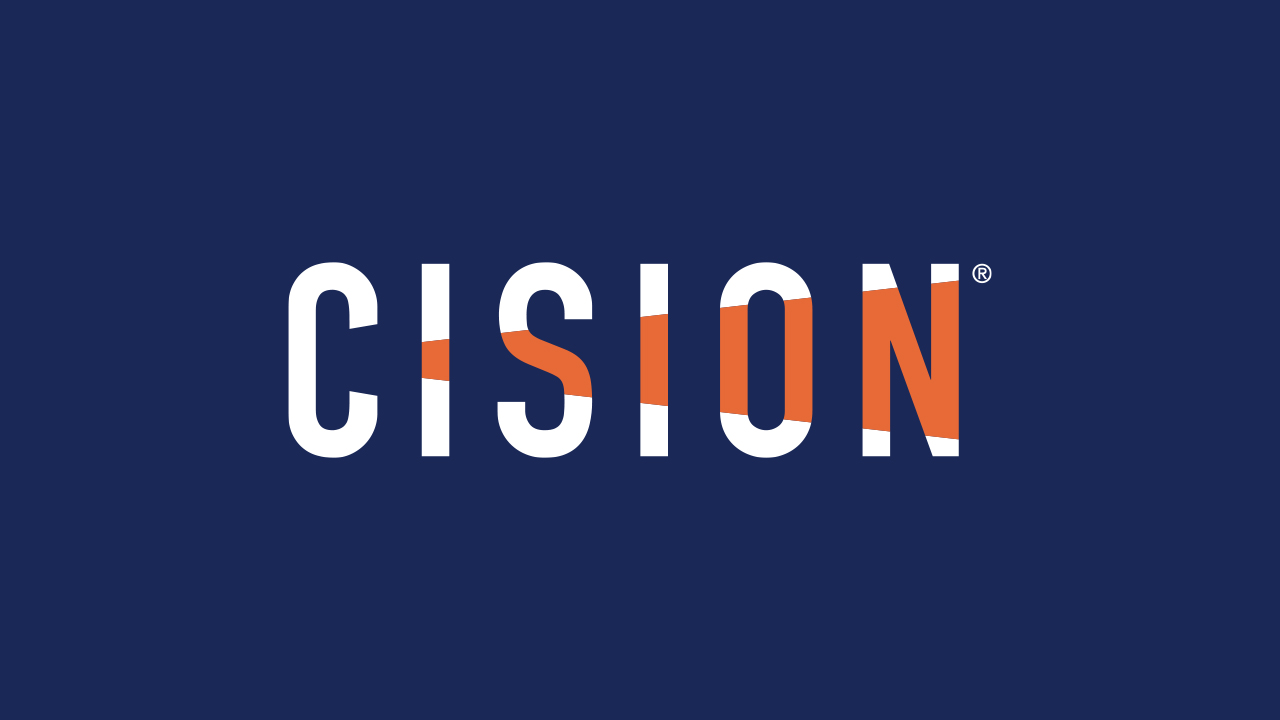Introduction to Adobe
Most PR practitioners conflate generating a return on PR investment with proving PR value. The two, however, hold very different meanings.
ROI, or return on investment, refers to a quantifiable financial return. Value is a subjective measure that changes from one organization to the next (or even from one person to another within the same organization).
PR-ROI comes in three forms:
- Connecting PR with sales (the sexy one)
- Avoiding catastrophic cost (the big one)
- Efficiency (the most accessible)
The meaning of Efficiency is doing more with less or for less.
This Adobe case study focuses on PR efficiency as a contributor to ROI.
Objectives
For a long time, Adobe’s executive team held that a higher volume of coverage across all media drove better business results than a lower volume of high-quality coverage in target media. Adobe communicators explored this perception through a data-informed, fact- based communication analysis. Objectives included:
- Assess Adobe’s relative performance against competition
- Measure key reputation attributes
- Provide share of voice on the quantity and quality of coverage vs. the competition
- Uncover opportunities to reinforce Adobe’s advantage and mitigate competitors’ advantage
- Simplify monitoring and evaluation through consolidation, integration and research-based decision-making
Strategy
To achieve these objectives, Adobe implemented a media insights framework applying traditional and social media analysis methods supplemented by data science methods including:
- N-gram (predictive computational linguistic and probability analysis)
- Audience and media segmentation research
- Hybrid automated/human media analyses
- Attribution analysis
Research conducted under the leadership of Adobe’s Dr. Jennifer Bruce, a PRNEWS Measurement Hall of Fame honoree, confirmed that a core set of media outlets delivered the greatest ROI for Adobe.
Rather than the existing approach that sought to generate the highest volume of stories, the research revealed enhanced measures that combined outputs, outtakes and behavioral outcomes:
- Size of target C-suite audience reached vs. the competition (outputs)
- Presence of Adobe’s unique product attributes vs. the competition and generic attributes (outputs)
- Degree of target C-suite audience social engagement and amplification vs. the competition (outtakes)
- Number of target C-Suite visits from earned media to Adobe’s website using advanced attribution analysis (behavioral outcomes)
The research revealed that 65% of the original target media list of 3,000 outlets generated only one story in the past year. A research-based variation of 550 media generated 76% of all quality coverage. With these findings, executives agreed to focus Adobe’s media outreach and measurement program on media that delivered optimal results (even if it meant lower quantities of coverage).
Evaluation of success/ROI/Results
When given a choice between quantity of media coverage versus quality of business engagement (and its related efficiencies), the executives opted for higher-level C-suite engagement.
Adobe consolidated a number of media monitoring services to a single source - Cision - after determining that Cision captured 82%of all content while all other sources combined captured only 37% of coverage.
Through a single global methodology, Adobe reduced the number of research reports from 900+ to uncover time and cost savings estimated at 25%. The centralized approach to monitoring and analysis reduced agency involvement by hundreds of hours, with related costs and reporting turnaround times reduced by 67%.
The new approach formed the foundation for more fully integrated marketing and communication decisions. In addition, it enables correlation analysis between news coverage and internal data, such as Adobe.com visits, trial and purchase behavior. Further, data segmentation analysis revealed specific indicators for optimal combinations. Adobe communicators now know, for example, the degree to which media type leads to increases in website traffic and trials, and which do not. Return on investment continues to improve.




